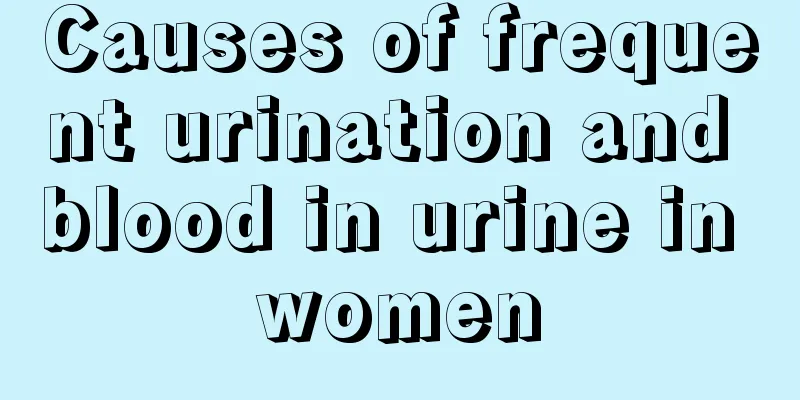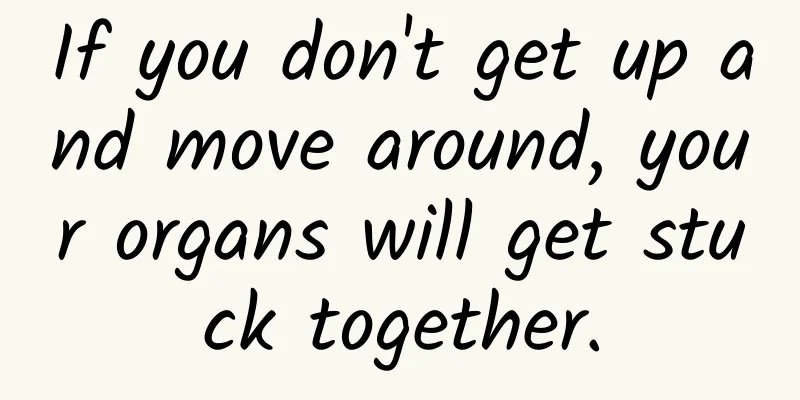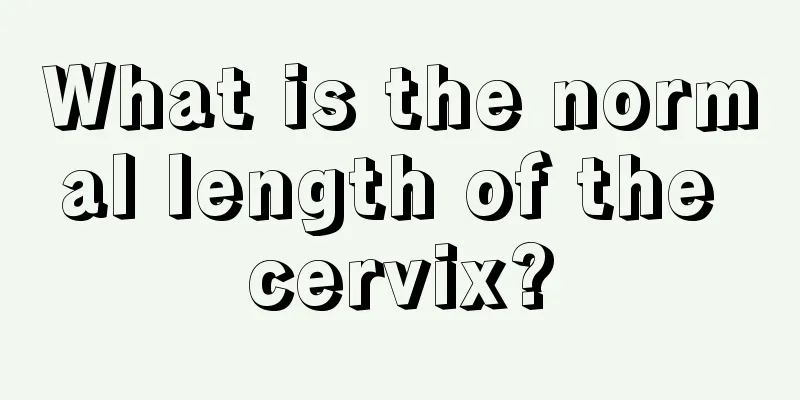3 symptoms indicate that your breasts are about to be damaged

|
It can be said that there is a great "correlation" between breast health and women's health, so how do we know if we have breast disease? All female friends, come in and take a look! Symptom 1: Breast lumps 1. A single lump in the breast that is not attached to the nipple skin, is painless, has a hard texture, unclear boundaries, low mobility, and grows quickly is a characteristic of early breast cancer. If it continues to develop and is accompanied by nipple inversion, orange peel-like changes in the breast skin, and pain, it is usually in the late stage. 2. Multiple round nodular masses of varying sizes appear in both breasts simultaneously or successively, without adhesions, mostly cystic breast hyperplasia; 3. A single or 2-3 small lumps in the breast with clear boundaries, smooth surface, large mobility, no pain, and slow growth are mostly breast fibroadenomas. 4. If the lump is nodular, hard, adhered to the skin, and has unclear boundaries, it may be breast tuberculosis. Symptom 2: Nipple discharge 1. Milky white liquid is mostly non-pathological milk retention; 2. Bloody fluid is often seen in intraductal papilloma or papillary carcinoma. 3. Colorless and transparent liquid leaks from the nipple, which is more common in menopausal women or patients with breast hyperplasia; 4. Yellow-green thick purulent fluid, mostly caused by mammary duct ectasia combined with chronic inflammation; Symptom 3: Breast pain 1. If one breast has intermittent diffuse dull pain, string pain, or localized dull pain, stabbing pain, and it is related to the menstrual cycle and mood changes, breast epithelial hyperplasia should be considered. 2. The pain occurs during lactation, presenting as distending pain or throbbing pain, accompanied by redness, swelling, and heat. The affected area becomes hard, and nipple cracks appear early. This is mostly mastitis. 3. In the late stage of breast cancer, severe breast pain may occur due to the invasion of nerves by the lesions. In addition, women may experience breast tenderness during puberty, premenstrual period, pregnancy, postpartum period, after sexual intercourse, and after abortion. This is mostly physiological pain that will disappear on its own without the need for special treatment. If the pain is severe and lasts for a long time, you should see a doctor promptly to check for other diseases. |
<<: Female massage nourishes the kidneys and replenishes deficiency
>>: Women's 8 parts darken to fight aging
Recommend
Pain on both sides of breast
The cleavage between the two breasts is called th...
What are the characteristics of the weather during the Dragon Boat Festival? How to maintain health during the Dragon Boat Festival?
The Dragon Boat Festival generally refers to the ...
Can I eat American ginseng after abortion?
Special attention should be paid to women's p...
The efficacy and function of Job's tears are powerful and are essential for dehumidification.
Job's tears is a very nutritious food with a ...
Don't panic if you have chronic prostatitis
Author: Chen Gang, Chief Physician, First Affilia...
Lump under the breast
I believe that many women have realized the harm ...
What causes vaginal bleeding?
As a woman, of course you need to be responsible ...
What causes symphysis pubis pain?
Many people have experienced symphysis pubis pain...
What are the symptoms of chronic adnexitis?
In our daily life, we often see many women who fe...
What is the cause of labia ulceration?
The thing that women fear most is suffering from ...
Understand cholesterol and triglycerides, protect your cardiovascular system!
Author: Jia Mei, Chief Physician, Peking Universi...
How should cancer patients nourish themselves during the Spring Festival? Please keep the "Four Do's and Four Don'ts" nutrition tips
With the coming of the Spring Festival, friends a...
Can I have an abortion when I am two weeks pregnant?
If you don't want a child two weeks into your...









